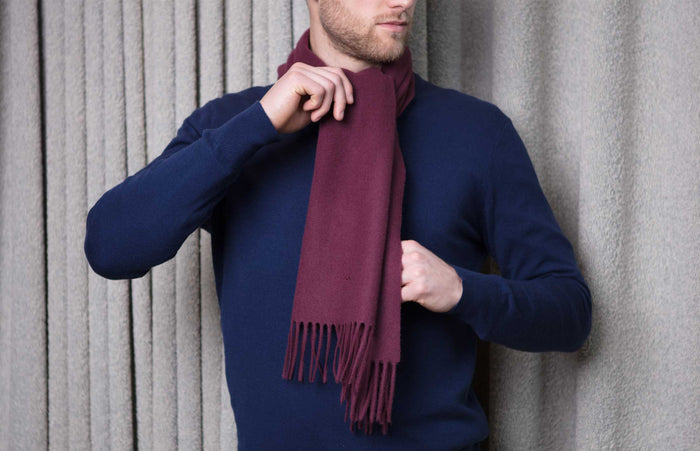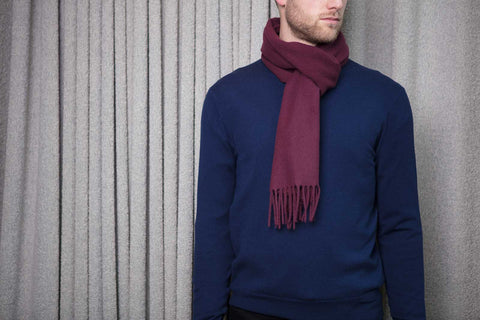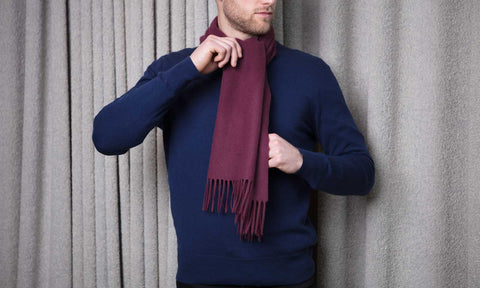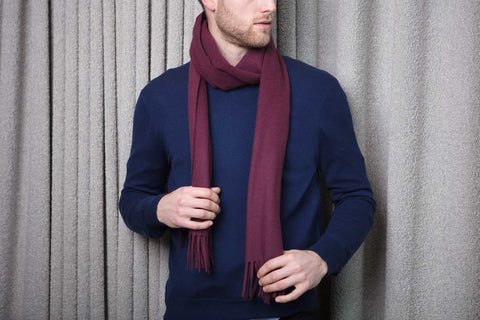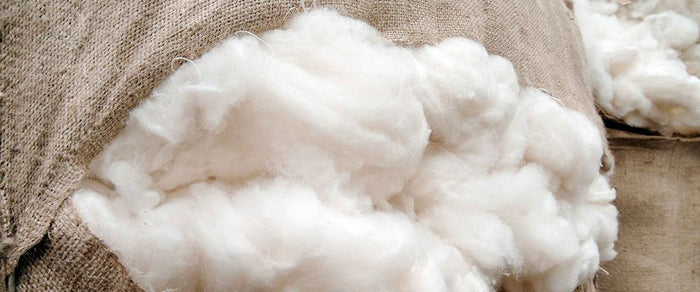cashmere - what you need to know?
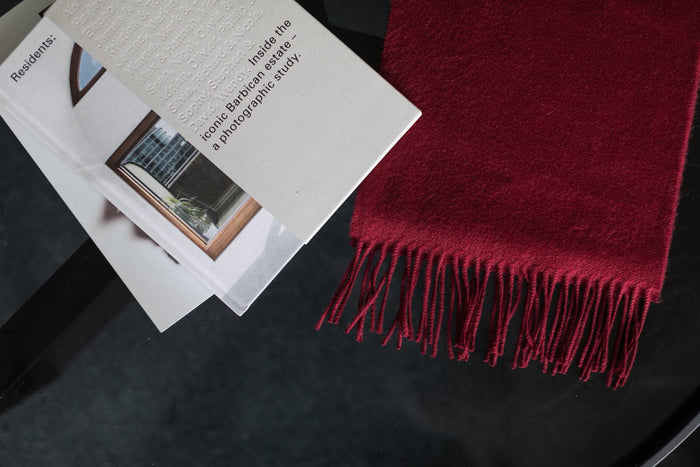
Full transparency…
Cashmere is expensive. We’re not here to hide that fact, but our connection to it runs so deep that we understand its long and labor intensive journey into our gratefully receiving arms.
It’s an investment. A piece of clothing that keeps on giving - think quality over quantity. Offering years of use, a piece that will dominate your winter wardrobe.
Think about it…
You’ve probably always understood that cashmere has a charm that no other material can rival. Admit it. You’ve definitely spent more time than you’d care to admit wandering around department stores touching every piece of cashmere you can lay your hands on.
We’ve all been there…
It’s hard to resist. Once you get a glimpse into cashmere’s journey from fibre to garment it’s easier to understand the affinity we feel towards it.
What is Cashmere?
Cashmere is more than a high-priced yarn.
Hailing from far corners of the globe, the process of producing cashmere is far removed from the rolling green pastures of traditional British farms.
You may be surprised…
In fact, it comes from goats, Cashmere goats. Traditionally found in the Kashmir region of India, but also in Mongolia, Nepal and China to name a few.

These goats are hardy, facing high altitudes, rocky outcrops and winter temperatures of -40oC. However tough they may be, they still produce the most beautiful and delicate of fibres.
Let’s put it into context…
We’ve all had good hair days. It’s hard to imagine anything softer than your hair after a particularly indulgent salon blow dry.
Well, those fine locks of yours measure around 50-70 microns in thickness.
The most fascinating thing is…
Cashmere’s fibres are 19 microns or less, really putting into perspective the delicacy of this yarn.
Strands are obtained by a laborious combing ritual, carried out annually during the seasonal spring/summer moult.
The fine hairs are sorted from coarser ones before being spun into yarn, with one jumper requiring the fibres from at least 2 goats per year. Compare that to the 5 jumpers obtained from the fleece of one sheep and it’s easy to see why cashmere is so exclusive.
The Story Behind Cashmere’s Popularity
Cashmere’s history dates back thousands of years. It’s role in history spans royalty, religion and politics.
Traded as early as the 13th century, it didn’t take long for cashmere to gain notoriety worldwide.
As it turns out…
Europeans couldn’t get enough of it. A fact that still stands true to this day.
Imported raw into France and manufactured into fine shawls, distinguished by intricate patterns. The process was a lengthy and intensely manual one to refine the fibres - but the attention cashmere demands is what makes it so distinguishable.
By the 18th century Scottish manufacturers had started importing the yarn, creating what is now an established industry in the country - and forms the heritage that skaaf is built upon.
Cashmere in Fashion
It’s well known that Napoleon gifted his wife many shawls made with cashmere over the years.
It’s a special feeling…
Sharing the love of cashmere with a notable, and evidently fashionable, member of royal history. Cashmere offers the opportunity to share the feeling of sovereignty with those who eat, sleep and breathe in expensive fabrics.
Today you’ll find it used in a variety of garments. Jumpers, gloves and cardigans are just a few of the items you’ll find made of cashmere.
Now dominating the high store, cashmere is on everyone’s fashion bucket list, and what better way to tick it off than with a scarf.

We think you’ll agree…
They’re a statement piece. A winter essential with the ability to pull a look together. Scarves can up the ante of an outfit. Pair that with the sophisticated look of cashmere and it’s definitely shot to the top of the list of wardrobe essentials.
Celebrating Quality Craftsmanship
Aside from the formal definition of cashmere, to us it’s so much more than a luxury yarn. Cashmere offers us a way to connect to the world removed from social media. It’s humbling. So raw and real, with industrious, yet extraordinary, roots.
The rich history and long road travelled of each individual fibre is woven into every single one of our scarves. With an end product that we’re proud to wear.
At skaaf we want you to experience cashmere as it’s intended - steeped in quality and heritage.

That’s why we chose to have our scarves manufactured in Scotland. With a rich history in scarf-crafting knowledge, we can all be assured that our cashmere is handled by true experts.
From the best quality fibres to leaving no stone unturned in the manufacturing process. You can’t compromise on tradition.
More Than A Material
All in all, cashmere is more than a material. It’s a celebration of age-old practices. It’s a woven piece of history. It’s a way to bring together cultures and practices from across the globe.
And at skaaf we believe you should do that in style...










